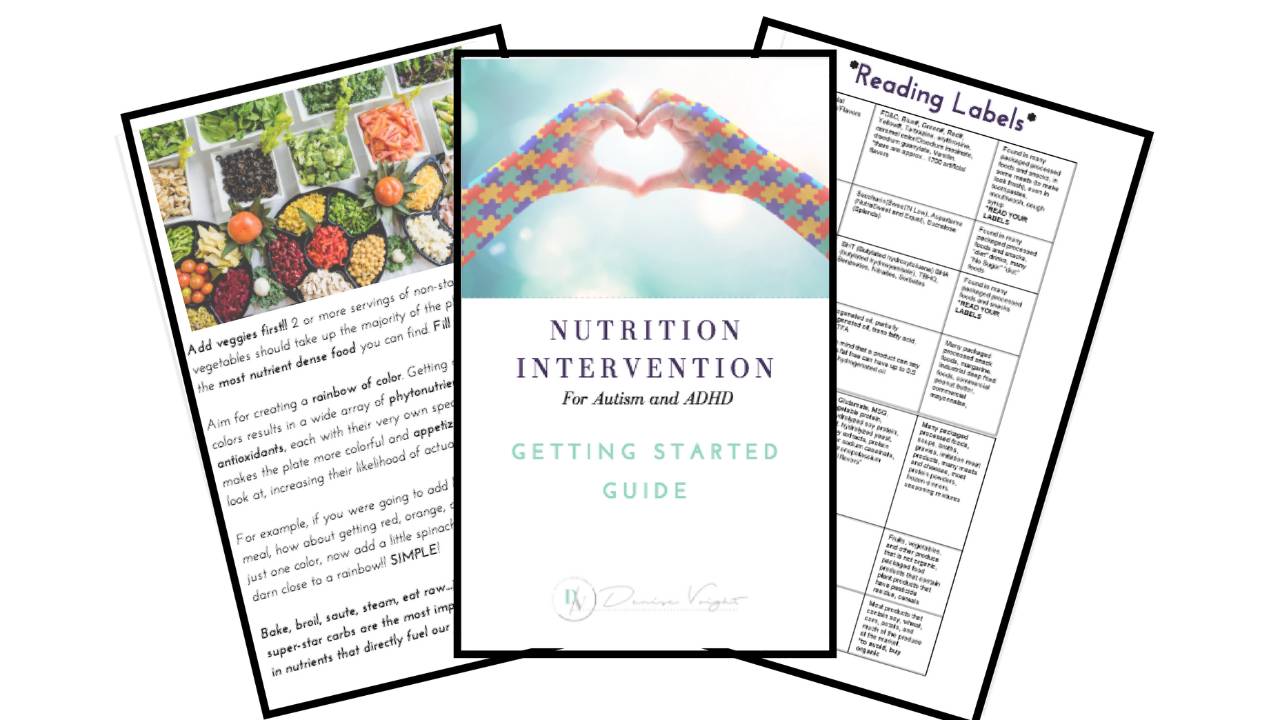Functional Medicine Nutriton Blog
Articles designed to empower parents and caregivers with the knowledge they need to address neurocognitive challenges, picky eating, food sensitivities, and more.
Through functional medicine principles, we focus on root causes—like nutrient deficiencies and gut-brain imbalances—to foster better focus, behavior, sleep, and overall well-being
Selective eating in children with autism spectrum disorder (ASD) often stems from sensory aversions to textures, smells, or appearances, limiting nutritional variety. Lets explore some of these challe...
Children with autism spectrum disorder (ASD) often face sensory processing issues, like noise sensitivity or texture aversions, that can shape their daily experiences. In this article we explore these...
If your child only eats certain foods and often refuses to try new types of food, you may be wondering if your child is a picky eater or has a feeding problem. Here are a few ways to know the diffe...
Keep updated on Functional Medicine Nutrition Special Offers, Services, and Information Shared by Denise Voight
Never miss an update!
You're safe with me. I'll never spam you or sell your contact info.



